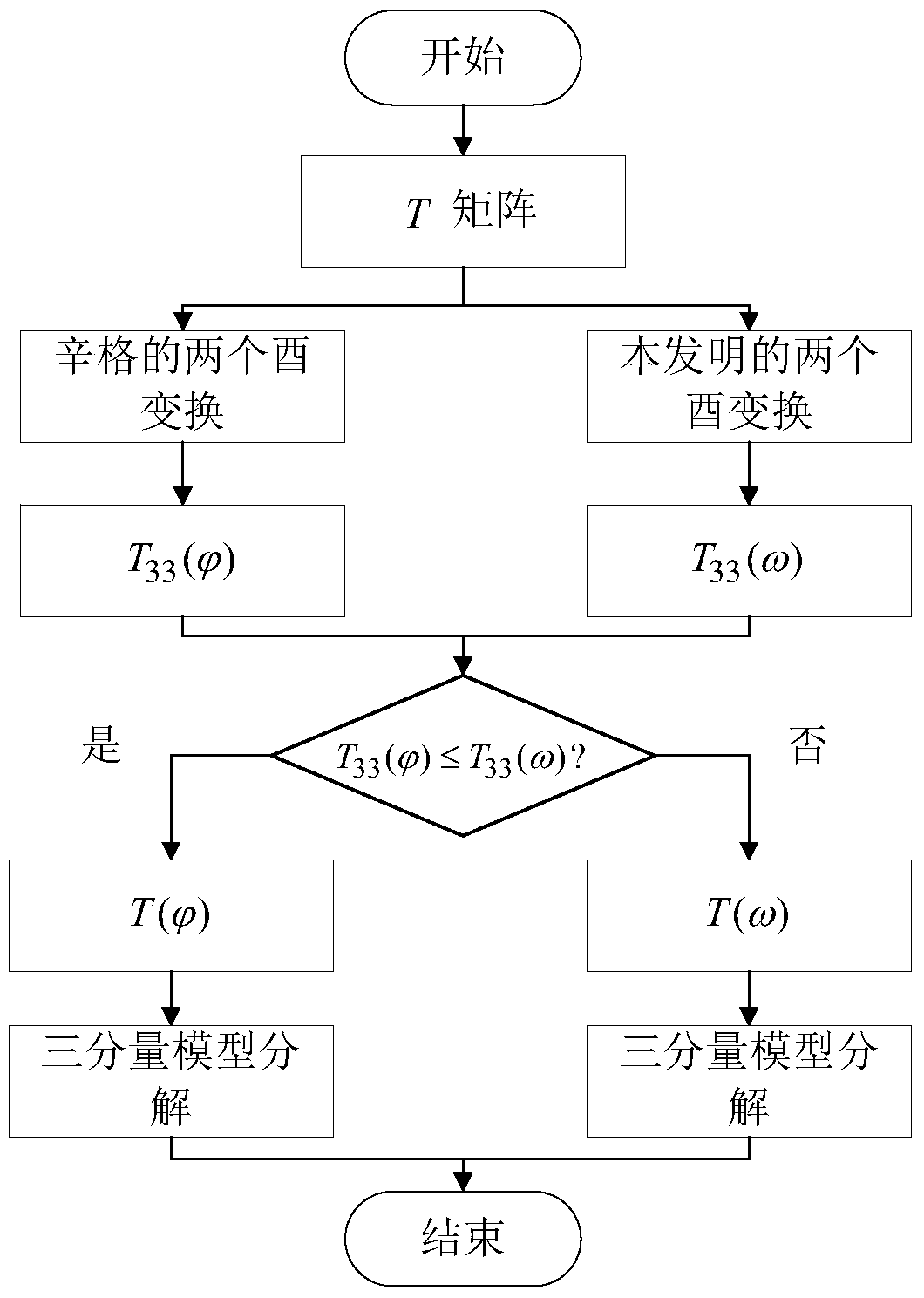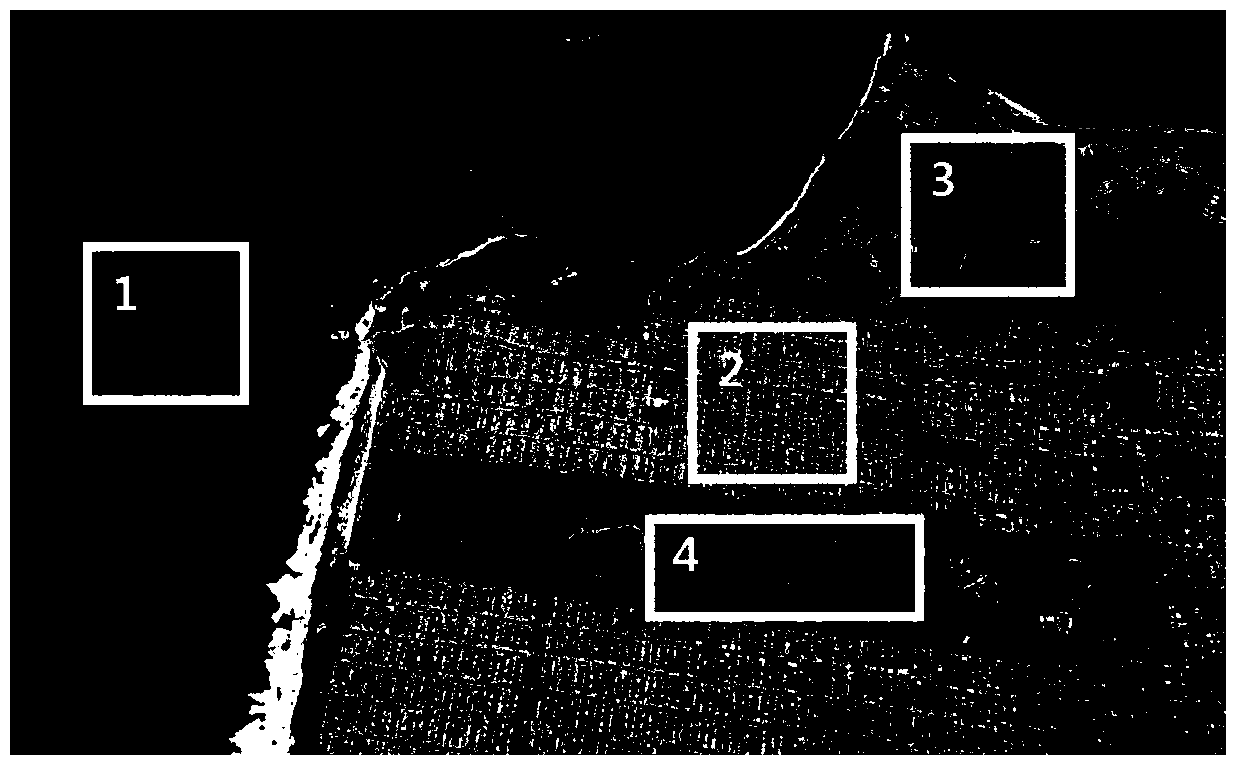Complete polarization synthetic aperture radar target decomposition method for adaptive selection unitary transformation
An adaptive selection, aperture radar technology, applied in the direction of radio wave reflection/re-radiation, using re-radiation, measuring devices, etc., can solve the problem that the helix angle cross polarization cannot be effectively compensated
- Summary
- Abstract
- Description
- Claims
- Application Information
AI Technical Summary
Problems solved by technology
Method used
Image
Examples
Embodiment Construction
[0035] The method of the present invention will be described in detail below in conjunction with the accompanying drawings and examples.
[0036] Such as figure 1 Shown, the fully polarized synthetic aperture radar target decomposition method of self-adaptive selection unitary transformation, described method comprises the following steps:
[0037] Step 1) Carry out Singer's two unitary transformations to the data coherent T matrix of the full-polarization synthetic aperture radar to obtain the matrix
[0038] Step 101) carry out Singer's first unitary transformation to the coherent T matrix;
[0039]
[0040] Among them, Singh's first unitary transformation matrix U θ = 1 0 0 0 cos ( ...
PUM
 Login to View More
Login to View More Abstract
Description
Claims
Application Information
 Login to View More
Login to View More - R&D
- Intellectual Property
- Life Sciences
- Materials
- Tech Scout
- Unparalleled Data Quality
- Higher Quality Content
- 60% Fewer Hallucinations
Browse by: Latest US Patents, China's latest patents, Technical Efficacy Thesaurus, Application Domain, Technology Topic, Popular Technical Reports.
© 2025 PatSnap. All rights reserved.Legal|Privacy policy|Modern Slavery Act Transparency Statement|Sitemap|About US| Contact US: help@patsnap.com



